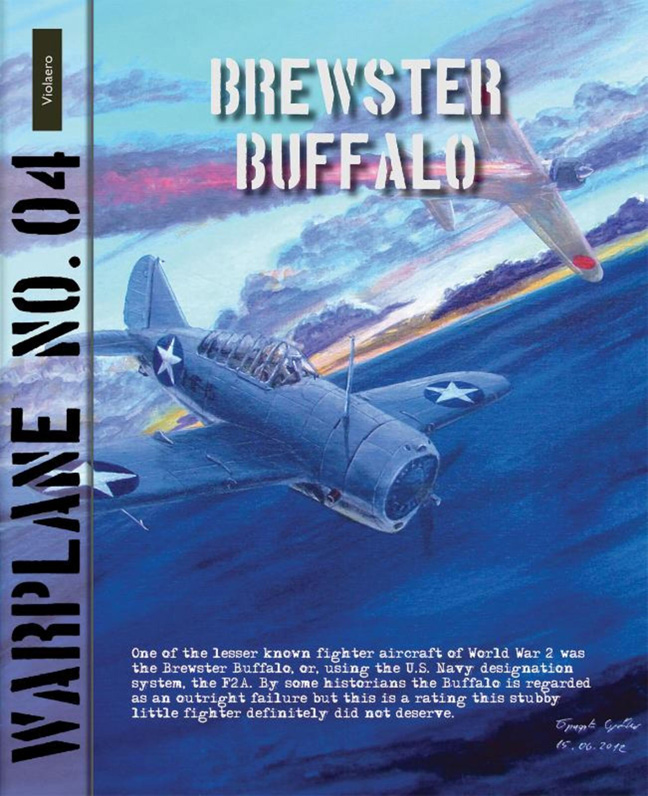Book contents
Summary
The Brewster XF2A-1 naval fighter made its first flight in December 1937 because the U.S. Navy Bureau of Aeronautics had reconsidered the idea that monoplane aircraft were unsuitable for aircraft carriers because of their high landing speed. The Brewster F2A-1 was to become the very first U.S. monoplane fighter for use on aircraft carriers. Unfortunately it was already more or less obsolete and retired from first line duty at the U.S. Navy when the Pacific war broke out. It had a very unlucky career when it was used by the U.S. Marines in combat against the Japanese Mitsubishi A6M ‘Zero’ fighter. For this reason some aviation historians consider the Brewster fighter as a failure, but in fact this was undeserved. In the hands of well-trained Finnish air force pilots this stubby little fighter was a great success. Also in the war between the Netherlands East Indies with Japan, the B-339 as it was called by the Dutch was the best fighter they had. It definitely was inferior to the Japanese Zero fighter, but it could absorb a lot of enemy fire before it was downed!
Brewster Aeronautical Corporation:
Brewster & Co was a U.S. based company manufacturing originally carriages. Later they changed their production to automobile bodies. In 1932 James Work purchased the aircraft division of Brewster & Co. He changed the name into Brewster Aeronautical Corporation. The company was based in multi-story urban factory buildings in Long Island City, New York, across the East River from Manhattan. Being an aeronautical engineer, Work started building business with contract work for other aircraft manufacturers such as making wing panels for the PBY Catalina, but already in 1934 Brewster’s design team, headed by Dayton T. Brown, started with the design and construction of their first aircraft. It was a single engine two-seat scout bomber, that received the naval aircraft designation SBA-1. The prototype XSBA-1, Bureau Number 9726, made its first flight on 15 April 1936. Although a small order for 30 machines was placed, these were eventually built by the Naval Aircraft Factory as the SBN-1.
The next type Brown’s team designed was a single seat monoplane fighter. It was clearly based on the SBA-1 having the same type of engine. It was built as an answer to a U.S. Navy requirement for a new shipboard fighter. First flight of the new fighter, designated as the XF2A-1, took place in December 1937.
- Type
- Chapter
- Information
- Warplane 04Brewster Buffalo, pp. 2 - 48Publisher: Amsterdam University PressFirst published in: 2024



